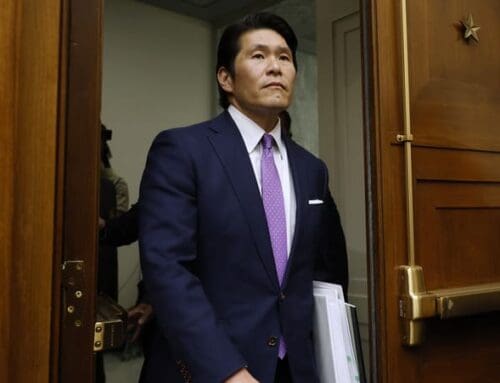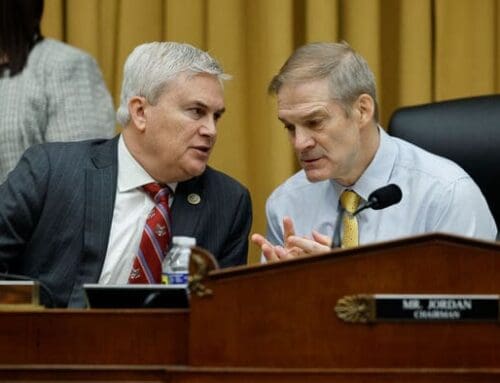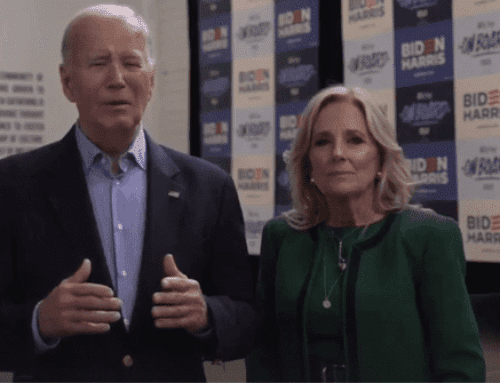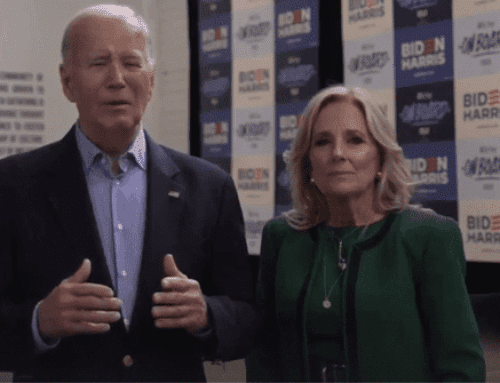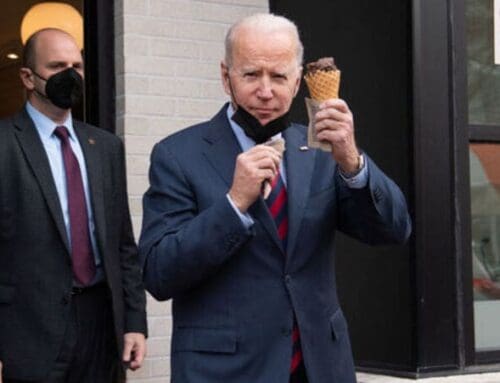

The NDR steps up towards a BIG and MMT
President Cyril Ramaphosa is generally portrayed as a successful businessman with a pragmatic grasp of economic realities and a personal preference for the growth-friendly policies that most South Africans, including self-declared ANC voters, want him to embrace.
But Mr Ramaphosa is in fact a BEE billionaire, not a risk-taking entrepreneur, who has long endorsed the ANC’s national democratic revolution (NDR) with its socialist goals – and has recently become more upfront about his support for it.
The NDR on the move
Opening the SACP’s 15th national congress in July 2022, Mr Ramaphosa praised the ‘valued…and important…bonds’ between the ANC and SACP. He applauded the party for its role ‘in advancing the fundamental transformation of the economy and society’ and endorsed its efforts to ‘build a powerful socialist movement of workers and the poor’.
He described the NDR as the ‘shared programme’ of the ANC and the SACP, and ‘the reason for the existence of our alliance’. The ANC, he said, was determined to ‘defeat each and every effort to derail the NDR’. It would also continue to ‘rely’ on the SACP as its ‘intellectual reservoir’ and the source of the ‘political perspectives and analyses that would help guide the ANC going forward’.
At the ANC’s 6th national policy conference a fortnight later, Mr Ramaphosa was at it again. The ruling party had gathered ‘to discuss critical issues that concern the execution of the NDR’, he said. Since ‘the NDR currently faced a number of challenges and perils’, the policy conference’s ‘central defining task…was to lay the basis for the restoration of the ANC and the NDR’ and to ‘emerge with policy proposals to put the NDR back on track’.
Key NDR goals
What, then, are the key NDR goals for the SACP/ANC alliance at this juncture? The SACP congress made it clear that the party’s main objective is to stop ‘neo-liberal’ monetary policy from standing in the way of enormously increased government spending on National Health Insurance (NHI), a mandatory state pension system via the National Social Security Fund (NSSF), a universal basic income grant (BIG), the extension of free tertiary education to still more students, a ‘massive expansion’ in public employment, ‘a major infrastructure build’, a comprehensive programme of ‘state-led (re)industrialisation’ and ‘a just green transition’.
The ANC’s list, as decided at its national policy conference a fortnight later, is shorter. It still wants land expropriation without compensation, which is now to be achieved under the Expropriation Bill of 2020 rather than a constitutional amendment. It also wants a wealth tax, the nationalisation of the South African Reserve Bank (SARB) – which is not a priority for the SACP and so is unlikely to proceed – and a changed mandate for the SARB, which the SACP sees as crucial to future NDR implementation.
The NDR benefits of a BIG
Since a BIG could indirectly help to usher in a changed mandate for the SARB, Mr Ramaphosa’s opening address to the ANC policy conference hinted at the need for precisely such a grant.
As the president put it, the temporary social relief of distress (SRD) grant, at R350 a month, has ‘provided much-needed support at a difficult time’. Hence, the key need now is to ‘look beyond short-term measures to forms of social protection that reach the most vulnerable in society, that are affordable, and that are sustainable’.
How much a BIG might cost remains uncertain. The Institute for Economic Justice (IEJ) recommended in June 2022 that a BIG be introduced at the food poverty level (around R660 a month in 2023), which would cost some R280bn a year. In time, it says, the BIG should be raised to the upper bound poverty level (about R1 300 a month), at which point it would cost roughly R600bn each year.
A BIG is thus neither affordable nor sustainable. However, this fact is being fudged via a flurry of contrary assessments coming mainly from the SACP, the IEJ, Duma Gqubule (director of the Centre for Economic Development and Transformation) and several others.
Much of this analysis understandably focuses on the plight of the jobless poor. But it carefully omits any mention of the many damaging NDR interventions since 1994 – including the ineffective and destructive Covid-19 lockdown – that have added greatly to unemployment and poverty.
The SACP/ANC alliance and others are cynically using the increased suffering the NDR has ushered in to push for the introduction of a BIG. Their main aim is not to help the millions struggling for food and other necessities, but rather to take advantage of their predicament for their own political and ideological ends.
Their first aim is to help the ANC win the 2024 election, despite mounting public anger at the ruling party, by introducing a BIG some months before the poll. This is likely to boost ANC support, while deterring votes for opposition parties that might terminate the BIG if they were to win.
Their second aim is to use the BIG to move in time towards one of the most important NDR objectives: a shift from the conservative monetary policy that has kept inflation and interest rates at historical lows for some 20 years to modern monetary theory (MMT).
MMT as the ‘magic money tree’
As Mr Gqubule sees it, MMT recognises that ‘governments that control their currencies are not like households. They do not have to tax or borrow before they can spend…[as] they create the money that they spend’. Provided they print solely in their own currencies and avoid foreign debt, they need not worry about budget deficits nor the overall size of any borrowings. Their only constraint is rising inflation, but this can be curbed via wage and price controls and by increasing taxes on the wealthy (which takes money out of circulation and has a deflationary effect).
MMT, adds Mr Gqubule, is rightly regarded as ‘the magic money tree’. It puts an end to any need for austerity and means that governments can spend without significant constraint on any number of developmental projects, including a BIG.
At its annual congress last month, the SACP was careful to avoid saying that ‘the SARB can simply churn out any amount of money regardless’. But it also stressed the benefits of ‘the Reserve Bank “printing” money or, mostly injecting it electronically into the financial system’, provided the money was then ‘largely directed at…job-creating and socially transformative spending’.
Positive multiplier effects and/or a possible wealth tax
The SACP has emphasised that a BIG would have many positive multiplier effects to offset its costs. It would increase spending on local goods – rather than ‘the imported luxury items’ the rich prefer – and trigger an upsurge in jobs and growth. This in turn would reduce the country’s ratio of public debt to GDP (currently about 70%) because, even if the amount of debt remained the same, it would then make up a smaller portion of a bigger GDP pie.
However, it is inconceivable that increased local spending from a BIG would lift the real growth rate in any significant way. This helicopter money would not increase productivity. Nor could it overcome fundamental barriers to investment and growth, such as electricity shortages, crumbling logistics, poor skills, and bad NDR policies. When increased demand runs up against these constraints, the upshot will not be faster growth but soaring inflation.
Does the solution to BIG costs lie rather, then, in the ANC’s call (made at its policy conference) for ‘a wealth tax…through which revenues can be raised to fund a basic income grant?
South Africa already has several taxes on the transfer of wealth in the form of estate duty, donations tax, and capital gains tax. A wealth tax is different as it is charged each year on the holding of assets ranging from houses and cars to pension rights, shares in listed and private companies, and business properties.
An OECD report describes wealth taxes as ‘distortive’ and so damaging to entrepreneurship that very few countries levy them. They are complex to administer (putting accurate values on relevant assets and claimable deductions is difficult), so their yield is often far less than anticipated. Since 1990, eight countries that used to levy wealth taxes have abandoned them, while only five retain them: France, Norway, Spain, Switzerland, and Colombia.
Colombia – which is the closest to South Africa in terms of per capita GDP – is on the sixth version of its wealth tax since 2002. Its present policy recognises that a wealth tax is confiscatory (taking more from property values than the amounts by which they appreciate) for all assets other than equities. In 2019 Colombia reframed its wealth tax as an equity tax, which is levied at a 1% rate on net equity over COP5bn ($1.67m or R27m).
By contrast, a proposal for a much wider wealth tax in South Africa was put forward in January 2021 by the World Inequality Lab, a research organisation focused on inequality world-wide, and the Southern Centre for Inequality Studies at the University of the Witwatersrand. Their analysis suggests that the new tax should be levied on all kinds of property – and on individuals who have relatively few high-value assets, even though they fall within the top 1% of the wealth distribution.
In 2017 this top 1% comprised some 356 000 individuals with wealth exceeding R3.82 million. But as economist Charles Simkins of the Helen Suzman Foundation points out, ‘owners of four-bedroom houses in metros, unencumbered with mortgages, can easily belong to the top 1%, even if they have no other net wealth at all’ – and even if they are pensioners who are (supposedly) asset-rich but are also income-poor.
The Inequality Lab suggests that a wealth tax, kicking in at a threshold of R3.82 million, and levied at ‘moderate’ rates ranging from 3% to 7%, would yield some R134bn in annual revenue – a figure which seems unrealistically high. A wealth tax of this magnitude and starting at this low threshold would be highly confiscatory and could compel many income-poor individuals to sell their homes or other assets simply to pay the tax.
A wealth tax in South Africa would add enormously to a tax burden that is already one of the highest in the world. Official 2019 data, for example, show that a mere 6.8 million individuals, about 10% of South Africa’s 60-million strong population, paid all the personal income tax (PIT) collected that year (amounting to about a third of total tax revenues).
Yet South Africa’s PIT collections are equivalent to some 10.4% of its GDP, as the late Michael Schussler, an economist, has pointed out. This puts South Africa in 10th position across the world for the size of its PIT collections: on a par with Norway and not far behind Belgium (11.3%), Italy (10.9%) and Germany (10.6%). What this means, says Schussler, is that ‘one of the world’s smallest middle classes pays the world’s tenth highest personal income tax relative to GDP’.
Judge Dennis Davis, who investigated the feasibility of a wealth tax in 2017, has advised against its introduction, saying: ‘The problem with a wealth tax in South Africa is that it would be levied on an incredibly narrow base.’
Pushing for an MMT ‘solution’
Why then does the SACP/ANC alliance want a BIG that is both unaffordable and unsustainable? That it will help the ANC win the 2024 election is, of course, the immediate drawcard. But the other key point about the BIG is the political impossibility of withdrawing it once it has been introduced. Since it cannot be financed via increased borrowings, positive multiplier effects, or a new wealth tax, the need to sustain it will put great pressure on the SARB to shift towards an MMT approach.
This will achieve the SACP’s most important NDR objective for now, which is to ‘reject the neoliberal, austerity macro-economic straitjacket’ and cast it off. This will supposedly enable the successful introduction not only of a BIG, but also of the NHI, the NSSF, major infrastructure and re-industrialisation programmes, and an enormously costly transition to intermittent renewable energy.
IRR policy fellow Ivo Vegter sums up what MMT is expected to achieve, saying: ‘MMT is popular with socialists because, if it worked, it would achieve almost everything socialists love: practically unlimited government spending, a well-funded welfare state with free everything, systematic redistribution of wealth from the rich (via taxation) to the poor (via government spending), and extensive government control over the private sector through elaborate price and wage controls that make it hardly relevant who actually owns the means of production.’
[Image: https://pixabay.com/illustrations/shakedown-robbery-theft-tax-money-1340048/]
If you like what you have just read, support the Daily Friend



